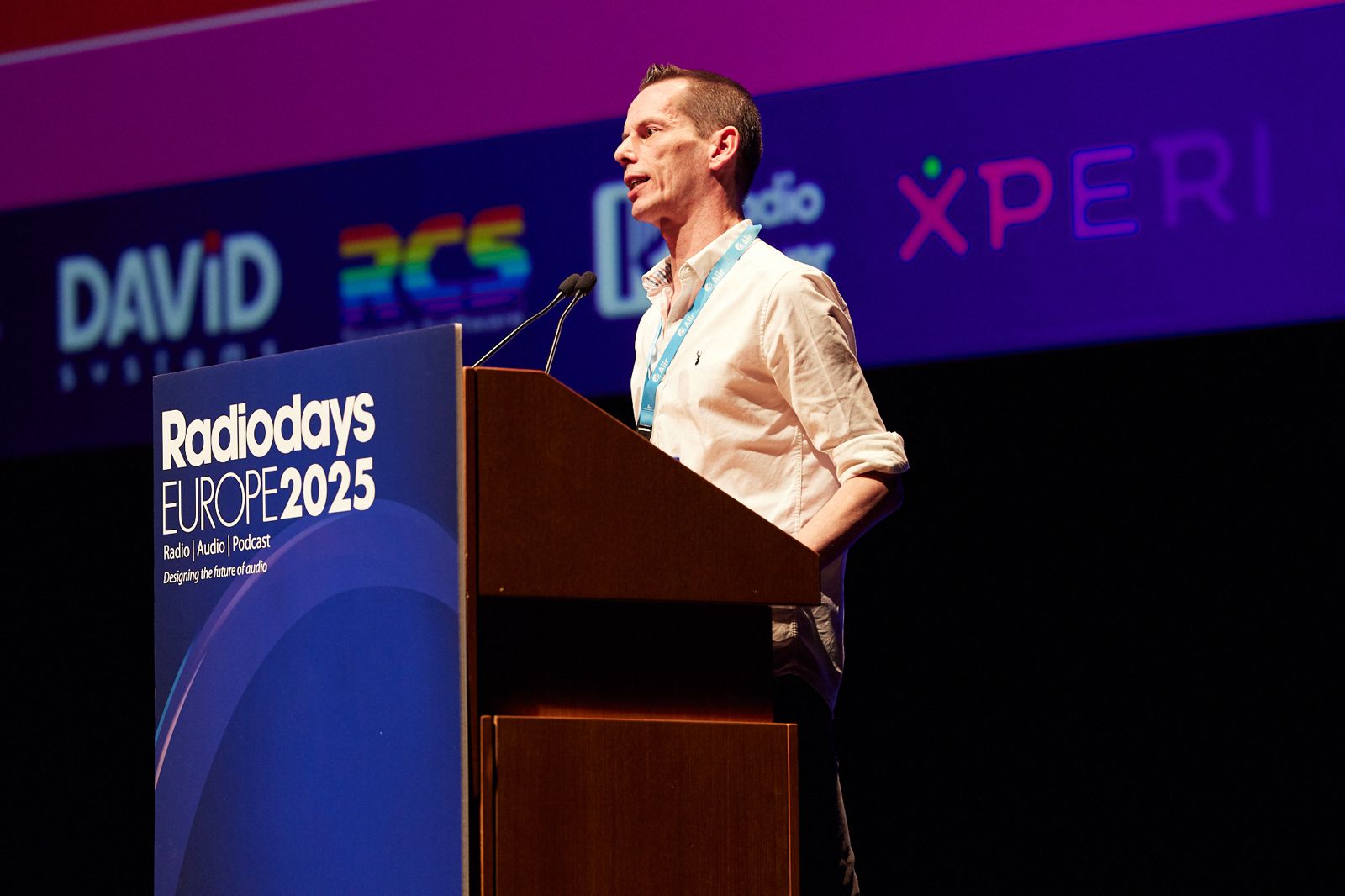
A comprehensive intro to podcast data analytics
Introduction to podcast data analytics
In this session, Sharon Taylor, the CEO of Omny Studio, Adam Javůrek, an online audience analytic, and Morna McAulay, data transformation and strategy specialist, discussed the importance of using the correct data in order to develop the content better.
Sharon talked about data in podcasting in general. According to her, measurement is the key. For data of streaming music, every time the ‘play’ button is clicked on, the data are downloaded. The data analysts rely on those downloads to find the location of the listener and to find, what exactly the listener listens to. This way, analysts can easily compare data from different countries and different audience.
“After having all the data, the analyst can then start measuring the collected data” Adam started his presentation. The default metric while measuring is number of plays. Plays are divided into default (or all) plays, meaningful plays (lasting about 10 seconds), and the full length of the audio. Another measurement approach is time spent listening, which is also an important metric for an analyst. The last measurement he introduced was the number of listeners. There is always an overlap between different platforms, which is also an important information to gather for an analyst.
He then dived into the episode performance. This measurement is useful to know because it shows what the audience likes. It is shown in the data graphs. “Here, this drop in the graph means that the audience didn’t like the part of the podcast where the main character went to the bathroom. Believe me, it was not a strange and kinky ASMR,” he said with a laughter.
Morna’s main topic was more about using data strategies. “I wanted to share with you some information I wished I knew twenty years ago when I started,” she begun her part of the session, giving an importance to explaining things in a simple way.
First, she showed the audience a data infrastructure with a brief explanation of its parts. Data Lake is about 80% of business data that one can put in the spreadsheet. Data Lakehouse tries to make unstructured data more accessible. Data platform pulls data together and stores is. They also create data assets. Data product shows what a consumer consumes. Not only there is a data infrastructure, there are also data product managers such as data architects, data engineers, data analyst, and data scientists. Lastly, she presented the art of asking the right question, which is an essential and powerful way of thinking for an analyst in order to present the correct data.
She closed the presentation with her favourite quote: “Data, analytics, and AI don’t change organizations, decisions do. You will.”




